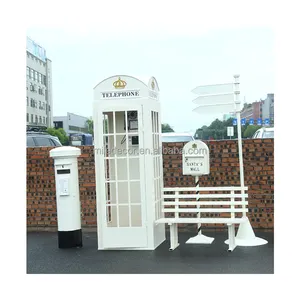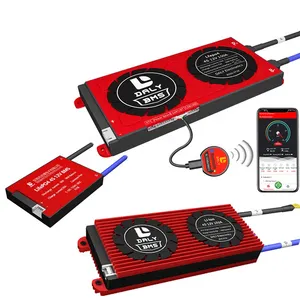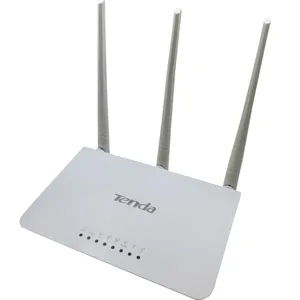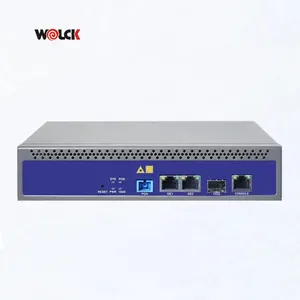Popular in your industry












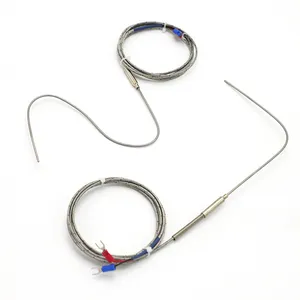















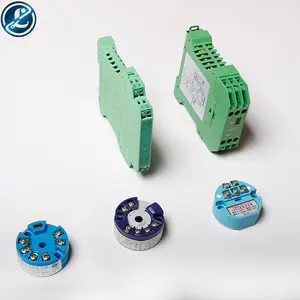














































Top categories
About 120 degree pt100 temperature sensor
Understanding the 120 Degree PT100 Temperature Sensor
The 120 degree PT100 temperature sensor is a pivotal component in the realm of thermal measurement. This sensor is a type of Resistance Temperature Detector (RTD) that stands out for its precision in detecting temperature changes. The PT100 designation indicates that it is made with Platinum (Pt) and has a resistance of 100 ohms at 0°C. Its capability to measure temperatures up to 120 degrees Celsius makes it versatile for a wide range of applications.
Types and Applications
Different variations of the PT100 sensor cater to diverse industrial needs. From the classic film type to the wire-wound variant, each offers unique benefits. These sensors are integral in process control systems, HVAC (Heating, Ventilation, and Air Conditioning), and refrigeration. They are also crucial in the automotive industry, ensuring engines operate within safe temperature ranges, and in consumer electronics to monitor and regulate heat.
Features and Materials
The 120 degree PT100 temperature sensor is engineered with materials that ensure stability and reliability. Platinum, the core element, is chosen for its linear temperature-resistance relationship and minimal drift over time. The construction of the sensor may include a ceramic or glass core, with an encapsulating sheath of stainless steel or other durable materials to protect against environmental factors.
Advantages of PT100 Sensors
The advantages of using a PT100 sensor include its wide temperature range, high accuracy, and long-term stability. These sensors maintain consistent performance even under harsh conditions, making them a preferred choice for critical temperature monitoring. The PT100 temperature sensor is also known for its repeatability and resistance to electrical noise, which is essential for precise measurements.
Selection Considerations
When selecting a PT100 sensor, it is important to consider the specific needs of the application, such as the required temperature range, the environmental conditions it will be exposed to, and the desired accuracy. Additionally, the physical configuration, such as the probe length and diameter, can be tailored to fit various installation requirements.
Integrating PT100 Sensors
Incorporating the 120 degree PT100 temperature sensor into a system requires careful consideration of the sensor's compatibility with the existing equipment. It is essential to ensure that the sensor's output can be accurately read by the control system in place. For those developing new technologies or maintaining existing systems, the PT100 sensor remains a reliable choice for precise temperature monitoring.
